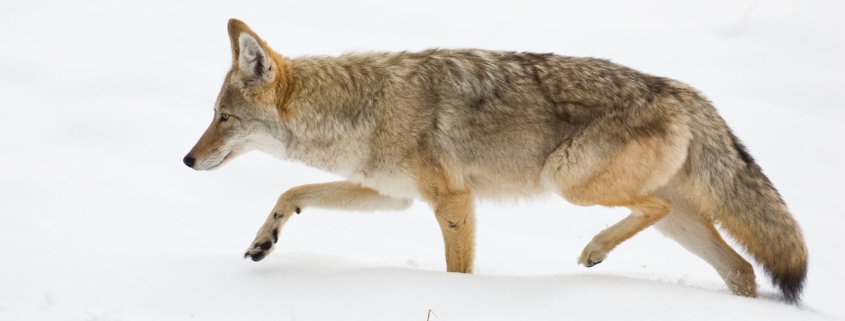More misunderstanding in Wyoming
When legislation is considered about how to avoid stock depredations by wild predators, it can become mired in looking at short term solutions. Killing coyotes, foxes, wolves, mountain lions, and bears en masse, doesn’t really solve anything. It is a very temporary ‘fix’. Let’s take a moment to ask ourselves why we opt for widespread slaughter of coyotes when the body of scientific evidence indicates this can often increase the population.
Coyotes play a crucial role in North American ecosystems, and their removal or reduction can have significant impacts on the environment. Coyotes are known to regulate populations of small mammals, such as rodents, which can have negative impacts on the landscape if left unchecked. Coyotes also help to control the spread of disease by reducing the populations of those same small mammals that are often carriers of disease. In addition, coyotes can serve as a food source for a wide range of predators, including eagles, bears, and mountain lions.
Interestingly, there is research to suggest that coyotes actually reproduce in larger numbers when their populations are subjected to high levels of mortality. This phenomenon is known as compensatory reproduction, and it has been observed in a number of species.
One study, conducted by Dr. John Way and colleagues at the Eastern Coyote Research Center in Massachusetts, found evidence of compensatory reproduction in coyotes in response to predator control programs. The researchers found that as predator control efforts increased, coyote populations responded by increasing their reproductive output. There have been many other studies that show similar findings.
We understand the devastation of losing stock and the impact on livelihoods. Perhaps looking at how the coyote responds to adverse predator control is the first step towards coming up with a solution that honors human interests AND the natural world.

